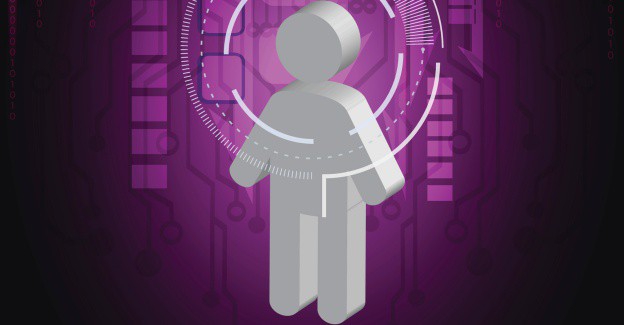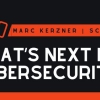In the final installment of our series on achieving automation excellence, Enate CEO Kit Cox argues that the days of man or machine are over. The question now is, how do we manage the combined human/robot workforce?
We blinked twice, and the vision of an automated workplace became a reality. Technology has advanced so fast that we’re no longer asking ‘what if’, but ‘how much.’ So for 2017 and beyond, how are we actually going to manage the robot and human working relationship?
Today’s human-robot teams leverage the best of both worlds. Bots tackle repetitive and time consuming tasks to save time and money with fewer errors. Humans are extremely flexible and have the capability to manage unpredictable or highly customised work, including the knowledge required to closely manage their robot colleagues.
In the near future, we will have even more dynamic human-robot teams, where different parts of a process are handed back and forth for specialised work and the robots and people are asking each other for advice.
Tomorrow’s digital manager
In a world where rapid disruption and change have become the norm, focusing on a solid core set of competencies may not be viewed as the most dynamic approach, but a good, solid foundation is essential.
Aside from the ability to share and analyse data, digital managers will need to test, adopt and promote the digital solutions that will successfully drive their organisation into the future. On top of that, digital management professionals will be expected to anticipate and respond to the potential impact of disruptive new technologies, both in terms of policy and action, as well as to promote and support the implementation of their organisation’s digital inclusion and cyber-security policies.
How Robotic Service Orchestration (RSO) will help
RSO manages tracking and control so teams can focus on delivering great services. Using robotic process control, RSO platforms are able to seamlessly coordinate activity across multiple automation technologies.
Ultimately, it is still people who get it in the neck if a service isn’t delivered as a customer expects. With orchestration deployed, managers can see the state of all services and whether they are flowing smoothly or blocked by a person or a bot. Companies using RSO are seeing that it is joining people and bots together to deliver better services to people, both simply and quickly.
Because RSO platforms monitor everything that is happening in the shared services centre, including all tasks taken on by bots and humans, teams have visibility of any issues as they happen, with the added ability of using past performance to predict future behaviour. What it means is that team managers have all the tools they need to become proactive, rather than reactive leaders.
The service delivery mindset
Mindset is likely to be just as important as skillset when it comes to managing what will no doubt be a growing digital workforce driven by automated solutions. Digital managers will need to understand the foundations of successful service delivery.
Real end-to-end services involve customers, staff and different bot types. All too often engineers try to use robotic process automation tools to manage work across customers and staff – a job they’re just not suited for. A service is what the customer buys, whether it is an internal customer expecting their new hire to be handled correctly, or a customer expecting their new mobile phone to be switched over immediately. Customers expect a complete outcome normally with multiple deliverables.
Digital managers will need to understand this service delivery focused mindset in order to be successful in the age of automation, and to deliver services as part of any new digital ‘transformation’ programme – whether it be Smart Cities, employee management or the efficient delivery of borough or municipal services.
Embracing big data
It’s difficult to imagine just how much data and information future digital managers will be required to process – but let’s assume it’s going to be a hell of a lot. This means embracing robotics and automation is equally as important as the data itself – essentially, it is the ‘how’ that answers the ‘what.’
Aside from the fact that automation technologies will help sift through this vast volume of information to identify specific areas of improvement, the advent and expected boom in this category means this is precisely the type of technology that will see humans and bots working hand in hand. The challenge for this new breed of digital management professional will be to understand and best deploy this information in a manner that encourages organisations to embrace digital.
Beyond the new skillsets and mindsets, perhaps the single most important factor for the successful management of the digital workplace will be the ability to be flexible. In an environment of ever changing technology, future digital managers will need to be ready to change course at the drop of a hat, never forgetting the huge opportunity we have if we can successfully orchestrate people and robots.









